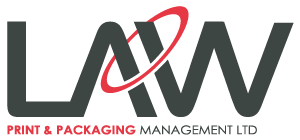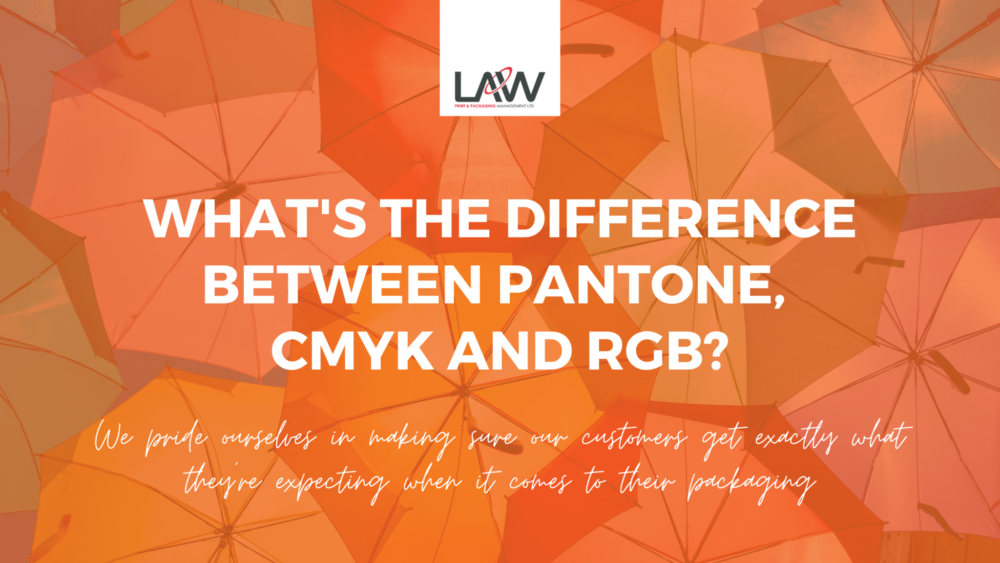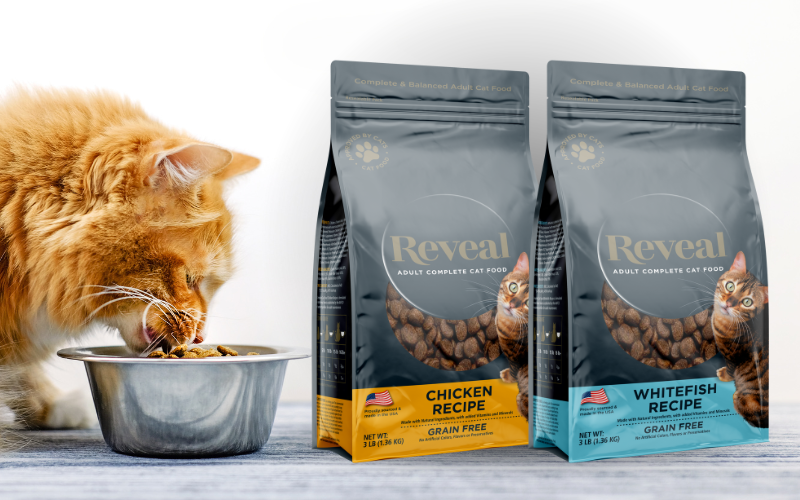Colours are everywhere and take up a huge chunk of our job as a packaging supplier. We pride ourselves in making sure our customers get exactly what they’re expecting when it comes to their packaging, especially when it comes to specific colours for branding or for flavours (think chocolate brown, chicken yellow, beef red).
We get a lot of questions to do with colour so we thought we’d put together this quick colour refresher for people to take a look at.
So, what colour systems do you use in packaging?
There are 2 different types of colour reference systems to help achieve global standardisation. Printing inks use either CMYK or PMS (Pantone Matching System), also known as Process Colours or Spot Colours. Both systems are designed to standardise colour across the entire print process, from initial artwork stages to mixing inks in manufacture. RGB is also used in some printing but the industry standard is to use Pantone and CMYK.
What is CMYK?
CMYK refers to the four inks used in the colour process, Cyan (blue) Magenta (red) Yellow and Ketone (black) abbreviated as CMYK and often referred to as ’process colours’.
CMYK refers to the four inks used in the colour process, Cyan (blue) Magenta (red) Yellow and Ketone (black) abbreviated as CMYK and often referred to as ’process colours’. Different colours are created from layering these 4 colours with varying transparencies. Mixing yellow and blue together generates greens, magenta and yellow make orange tones etc. As the colours will always be mixed together there can be some colour variations. This is why Pantone colours should be introduced to ensure colour consistency.
What is PMS (Pantone Matching System)?
Due to the sheer colour variation in CMYK, the Pantone Matching System® (PMS) was introduced to overcome inconsistencies and create a standard across the industry. Pantone or PMS colours are often referred to as ‘spot colours’. Inks are produced to a unique shade, with a specific colour formula to help reproduce accurately in print. Packaging designers and printers will refer to the Pantone series Plus Book.
They offer a great tonal range and can be used to match for example company logos, corporate ‘target colours’ or special metallic colours that cannot be achieved by mixing CMYK. The PMS helps communicate the precise colour reference between designer and printer.
What is RGB?
RGB (red, green, and blue) refers to a system for representing the colours to be used on a computer display. Red, green, and blue can be combined in various proportions to obtain any color in the visible spectrum. Levels of R, G, and B can each range from 0 to 100 percent of full intensity.
Should I create artwork using CMYK or Pantone Colours?
This all depends on the printing process. CMYK is mainly used for Lithography projects such as brochure printing. At Law Print we would always recommend using PMS Colour system for Flexography and Rotogravure Printing.
Here are some key things to take away:
- As CMYK print always requires the use of the 4 colours, it means that the costs will need to include 4 printing plates at least.
- Printing with spot colours is essential in Flexography and Gravure printing to obtain the best printing results and reduce colour registration issues. The use of Pantone reference is a must in colour management.
- Colour photographs will always require CMYK process colours
- Remember what you see on screen is not true to print. Colours can change from monitor to monitor, so always trust your eyes rather than the screen. Print proofs and match colours with CMYK and PMS reference guides.
- If you require exact colours to keep branding and logos consistent across formats, then using PMS colours would be the best solution to create a universal standard.
If you’re looking for more information on our company and the services we offer, feel free to download our Company Brochure. You’ll find examples of our work with local and global brands and retailers, as well as information on our print technology.
For anything else, you can visit our Frequently Asked Questions (FAQ’s) or just contact us directly.





